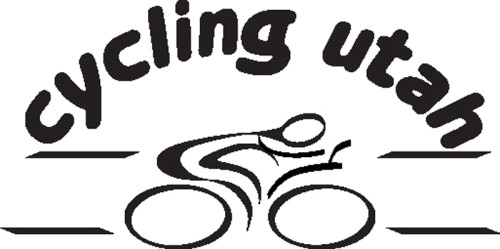The transition to the new federal program for paying for bike projects is going comparatively well in Utah. The state has been getting about $6.5 million a year from the federal government historically and has decided what to do with about 83 percent of its take since FY 92. That’s slightly more than the national average of 81 percent by state.
The figures come from the Transportation Alternatives Spending Report 1992-2014, the latest annual update from the Transportation Alternatives Data Exchange (formerly the National Transportation Enhancements Clearinghouse). The Rails-to-Trails Conservancy (of which I am a member) operates the exchange. The report attempts to account for the Transportation Alternatives (TA) program founded by the Moving Ahead for Progress in the 21st Century (MAP-21) as well as the $897 in leftover funds still available from the predecessor Transportation Enhancements program. The Alternatives program started in FY 13 as a combination of several funding streams, including Enhancements and Safe Routes to School – and it cut the overall level of funding.
The exchange combined data from the start of the Enhancements program in FY 92 right through FY 94. Utah received a total of about $121 million. “As far as I can tell, Utah is doing OK,” report co-author Tracy Hadden Loh says. “I think Utah is making a big effort compared to some other states.”
The financial tracking system gets complicated. Utah programmed (decided what to do with) about $100 million of about $121 million available for it over the years. The rest of the funds are still technically available.
Since FY 08, Utah has received an average of about $6.5 million in Enhancements/Alternatives money per year.
Cumulatively, Utah has funded 232 TE/TA projects, though the report does not say how many involved bicycle infrastructure. Average federal grant size in the state: $433,052. Utah projects put up a 22 percent non-federal match, below the national average of 28 percent. Federal law requires a minimum 20 percent match. Utah’s below-average match “is excusable because (the state includes) a lot of federal land. The federal government should put up a bigger percentage of the tab,” Loh says.
Utah is spending its money relatively rapidly: it is only one of five states to have decided what to do with virtually all its TA money received in the last two years.
One change in the law giving states problems is that the TA program requires giving metropolitan planning organizations a say in choosing projects in areas with populations greater than 200,000, which would include Salt Lake and Utah counties. The Exchange’s figures show that Utah gave 38 percent of its funds to metropolitan planning organizations.
Idaho was one of six states that did not provide data to the Exchange. But Exchange figures show the state has committed only 18 percent of the Enhancements/Alternative funds it received over the last five years, compared with 65 percent in Utah and 63 percent nationally. Since 1992, the state match has come to only 11 percent and only two states have put up a smaller percentage.
“Idaho has been having a temper tantrum,” Loh says. “It has decided to go on a warpath regarding Alternatives.”
Access the report here: http://trade.railstotrails.org/spending.









